I am trying to set the background image for back button in normal and highlighted states.
- (void)configureBackButtonInNavigationItem:(UINavigationItem *)item
{
UIBarButtonItem *backBarButtonItem = [[UIBarButtonItem alloc] initWithTitle:@"back"
style:UIBarButtonItemStyleBordered target:nil action:NULL];
[backBarButtonItem setTitleTextAttributes:@{NSForegroundColorAttributeName : [UIColor whiteColor]} forState:UIControlStateNormal];
[backBarButtonItem setTitleTextAttributes:@{NSForegroundColorAttributeName : [UIColor orangeColor]} forState:UIControlStateHighlighted];
// white arrow image
UIImage *normalImage = [[[UIImage imageNamed:@"btn_normal"] imageWithRenderingMode:UIImageRenderingModeAlwaysOriginal] resizableImageWithCapInsets:UIEdgeInsetsMake(0.f, 17.f, 0.f, 0.f)];
// orange arrow image
UIImage *pressedImage = [[[UIImage imageNamed:@"btn_on_press"] imageWithRenderingMode:UIImageRenderingModeAlwaysOriginal] resizableImageWithCapInsets:UIEdgeInsetsMake(0.f, 17.f, 0.f, 0.f)];
[backBarButtonItem setBackButtonBackgroundImage:normalImage
forState:UIControlStateNormal barMetrics:UIBarMetricsDefault];
[backBarButtonItem setBackButtonBackgroundImage:pressedImage
forState:UIControlStateHighlighted barMetrics:UIBarMetricsDefault];
[backBarButtonItem setBackgroundImage:normalImage
forState:UIControlStateNormal barMetrics:UIBarMetricsDefault];
[backBarButtonItem setBackgroundImage:pressedImage
forState:UIControlStateHighlighted barMetrics:UIBarMetricsDefault];
NSLog(@"NORMAL: %@ HIGHLIGHTED: %@", [backBarButtonItem backButtonBackgroundImageForState:UIControlStateNormal barMetrics:UIBarMetricsDefault],
[backBarButtonItem backButtonBackgroundImageForState:UIControlStateHighlighted barMetrics:UIBarMetricsDefault]);
item.backBarButtonItem = backBarButtonItem;
NSLog(@"NORMAL: %@ HIGHLIGHTED: %@", [backBarButtonItem backButtonBackgroundImageForState:UIControlStateNormal barMetrics:UIBarMetricsDefault],
[backBarButtonItem backButtonBackgroundImageForState:UIControlStateHighlighted barMetrics:UIBarMetricsDefault]);
}
The output is following:
NORMAL: <_UIResizableImage: 0x16b55e10> HIGHLIGHTED: <_UIResizableImage: 0x16b593d0>
NORMAL: <_UIResizableImage: 0x16b55e10> HIGHLIGHTED: <_UIResizableImage: 0x16b593d0>
But observed result for highlighted state is just dimming of what was set to the normal state instead of using the correct highlighted image.
Normal:

Highlighted (Arrow is still white, button is dimmed unexpectedly):

Please do not post answers regarding usage of leftBarButtonItem or UIButton as custom view. Both these approaches break swipe-to-go-back behaviour available on iOS 7.
UPD: filled radar #17481106 regarding this issue.
UPD2: radar #17481106 fixed in iOS 8.
